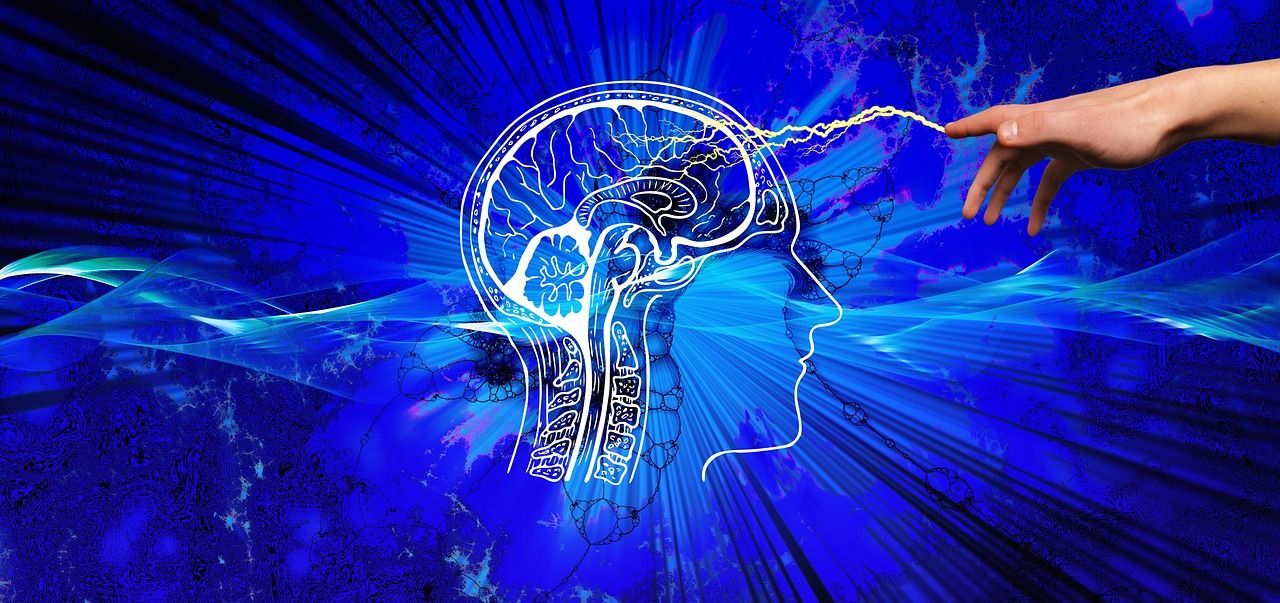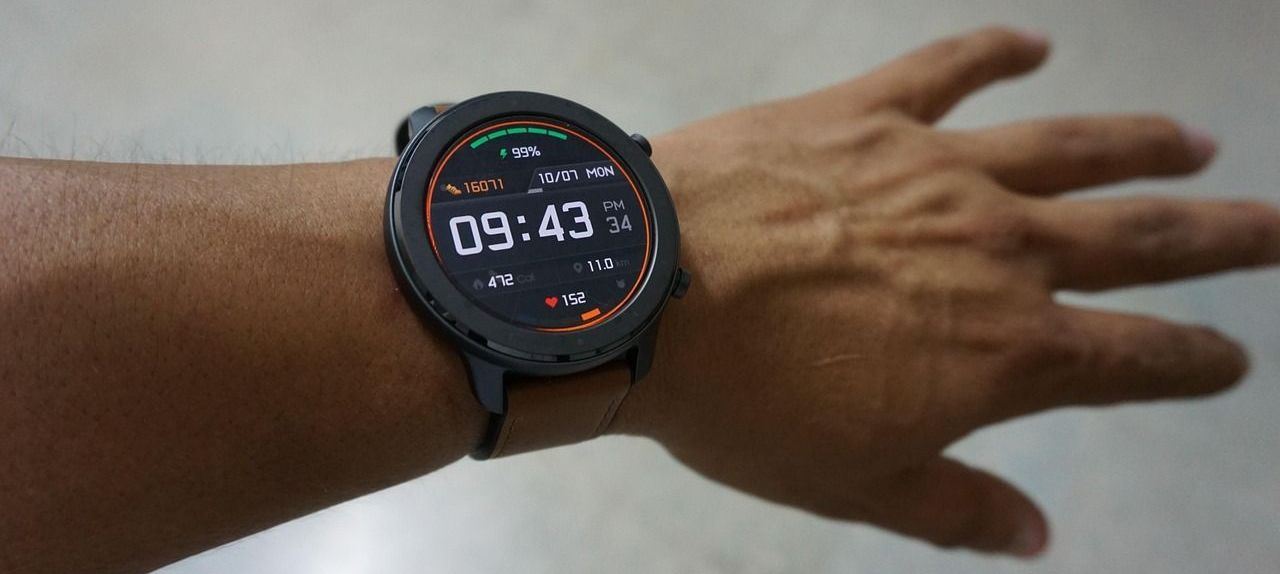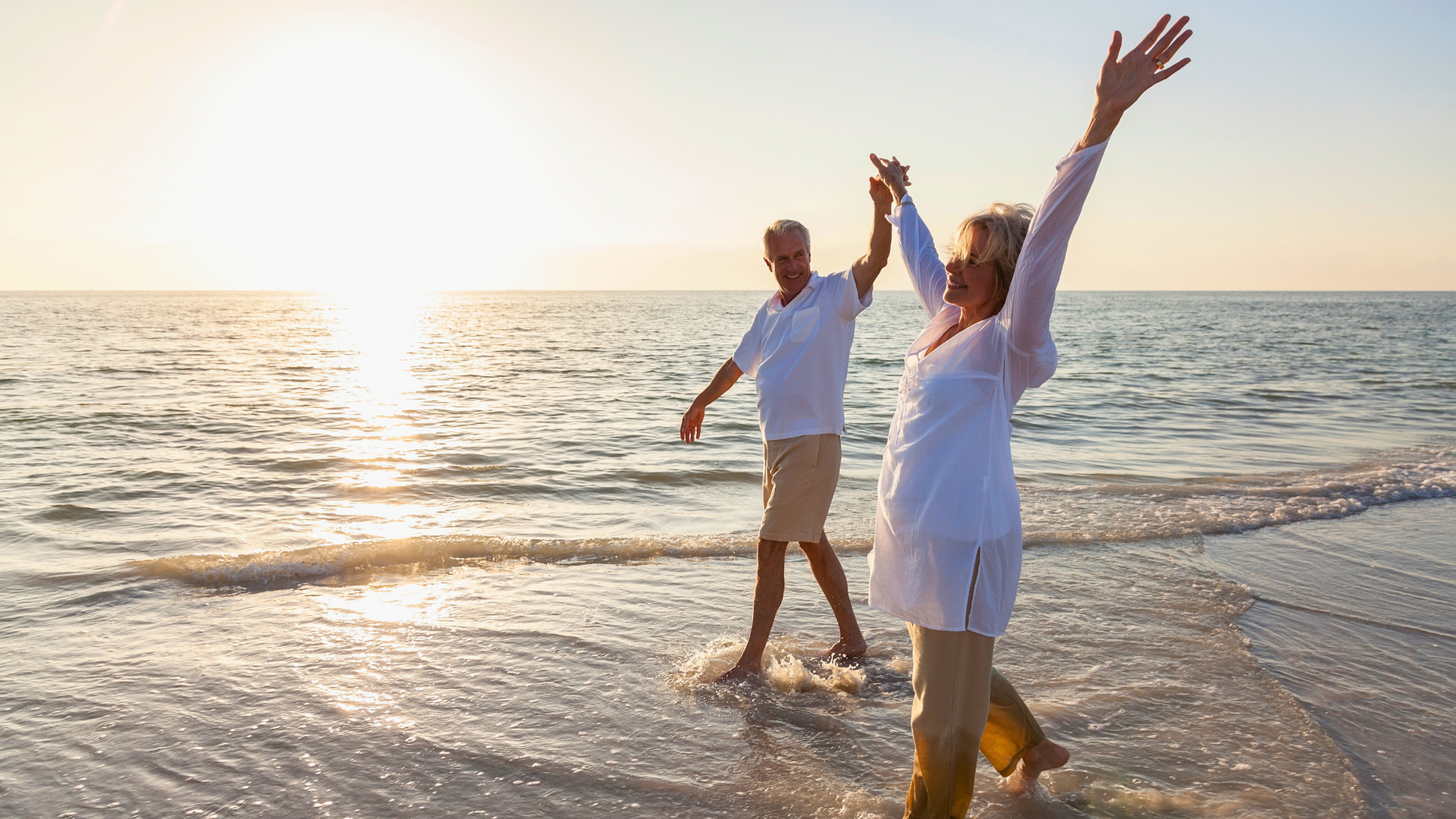Vision Innovation: Regenerative Treatments for Eye Health

About the Author
Ron B is a globally recognized expert in personal and professional development, holding multiple advanced certifications, including:
- Master Practitioner of NLP (MNLP): Expert in Neuro-Linguistic Programming, helping individuals rewire their thought patterns for success.
- Master NLP Coach (Executive & Life): Skilled in coaching executives and individuals to reach their full potential.
- Master Practitioner of Timeline Therapy™ (MTLT): Specializing in releasing negative emotions and limiting beliefs to foster a more empowered future.
- Board Designated Hypnosis Trainer (TCHt): Authority in utilizing hypnosis for transformation and behavioral change.
- Certified Value Builder: Proficient in enhancing business value and driving entrepreneurial success.
- International Tax Specialist: Knowledgeable in global tax strategies and financial planning.
With a deep passion for guiding people towards greater health and wealth, Ron B has dedicated their career to being a catalyst for change. They advocate for a shift from our current reactive sick care system to one of proactive care, empowering individuals to take charge of their well-being and financial future.
Through this blog, Ron B aims to share insights, strategies, and inspiration, helping entrepreneurs lead energized and lengthy lives that are fulfilling.
Seeing the Future, Clearly—At Any Age
Our eyes may be small, yet they take in an expansive universe. As the years roll on, many of us silently accept blurry vision, thickening prescriptions, and surgeries as part of “getting older.” We’ve all heard it. Whether it's blurry eyesight, or worsening night vision, or gradual decline, we're told it's normal. Acceptable. Inevitable.
Now consider what if that decline isn’t inevitable. What if science, nutrition, and regenerative medicine are rewriting this now standardized script—giving us tools to protect and even restore vision?
At The Longevity Train™,we challenge the idea that aging equals deterioration. We don’t accept decline as a destination. Living young is a choice—and that includes protecting your eyesight.
Today’s innovations in regenerative medicine, nature’s blueprint, and smart lifestyle habits are redefining what’s possible for your eyes at any age. So, let’s reframe eye health as a regeneratable resource, not a minor casualty of aging.
Let’s look deeper—literally.
Demystifying Common Vision Conditions
Let’s clarify often-overlooked eye terms:
- Age-related macular degeneration (AMD) – Deterioration in central vision tied to retinal aging and inflammation.
- Cataracts – Clouding of the eye’s natural lens, which distorts vision over time and often leads to surgical removal.
- Diabetic retinopathy – a diabetes-related condition where high blood sugar damages the tiny blood vessels in the retina, leading to vision loss or blindness if untreated.
- Digital eye strain – Discomfort such as dryness, blurred vision, or headaches caused by prolonged screen exposure and lack of blinking.
- Glaucoma –a group of eye diseases that damage the optic nerve—often due to increased eye pressure—and can cause gradual, irreversible vision loss.
- Myopia (nearsightedness) – A condition where distant objects appear blurry, often linked to excessive close-up work or limited outdoor light.
- Presbyopia –Age-related gradual focusing loss; emerges in the 40s due to lens stiffening.
While these may sound like a laundry list of inevitabilities, they’re actually targets of exciting regenerative breakthroughs—and signals for lifestyle shifts that can make all the difference.
Each of these conditions offers clues—clues that scientists, holistic healers, and regenerative medicine experts are decoding to not only slow progression, also to restore balance and clarity. Let’s now explore what’s emerging across treatments, habits, and hope.
Why Eye Health Is Central to Longevity
Eyesight is far more than a sensory function—it’s a gateway to quality of life. Clear vision fuels independence, mobility, and personal confidence. It helps us read faces, spot hazards, and stay connected to our environment. In short, vision empowers vitality.
When vision begins to fade, the consequences reach far beyond squinting at fine print.
Cognitive Connection
Your eyes and brain are in constant communication. In fact, over 50% of brain activity is devoted to processing visual input. So it’s no surprise that visual impairment has been linked to faster cognitive decline, memory loss, and even increased dementia risk.
According to the National Institutes of Health, vision loss can significantly accelerate cognitive dysfunction in older adults (Whitson et al., 2020).
Mobility, Falls & Safety
Eyes guide our footsteps. Poor depth perception, glare sensitivity, or night blindness significantly increase the risk of falls—the leading cause of injury and hospitalization in seniors.
The CDC notes that vision impairment is one of the top contributors to falls among older adults (CDC, 2021).
Vitality Over Vanity
Let’s be clear: eye care isn’t just about avoiding bifocals or ditching reading glasses. It’s about staying sharp, safe, and socially engaged. Vision loss is linked to increased rates of depression, social withdrawal, and reduced lifespan.
🚂 The Longevity Train™ Perspective
At The Longevity Train™, we view eye health as a pillar of longevity, not a cosmetic concern. When you protect your vision, you’re also protecting your freedom, mental agility, emotional wellbeing, and zest for life.
So, the next time you think of “aging gracefully,” don’t forget your eyes—they’re central to living young, fully and fearlessly.
Sunny Climates & Eye Health: What’s the Link?
Anecdotally, many people who relocate to sun-drenched regions like Costa Rica report improved eye health—even requiring weaker prescriptions. One possible reason? Increased exposure to natural sunlight and the resulting boost in vitamin D synthesis.
Recent research suggests that sunlight may offer vision-boosting benefits beyond mood and bones:
- Vitamin D’s protective role: Vitamin D isn’t just for skeletal health—it may support the eyes too. Receptors for vitamin D are found in structures like the retina and cornea. Studies link higher levels of vitamin D to reduced risks of age-related macular degeneration (AMD), diabetic retinopathy, and dry eye syndrome (Duan et al., 2020).
- Circadian rhythm support: Moderate, controlled sunlight exposure—especially in the early morning—helps reset your internal clock, which can reduce systemic inflammation and ease eye strain.
- Natural light and dopamine regulation: Bright outdoor light helps regulate dopamine activity in the eye, which supports healthy ocular development and reduces the risk of myopia (nearsightedness). While this is well established in children, emerging data suggests similar protective effects in adults too.
In short: sunlight—when absorbed responsibly—might just be nature’s eye elixir. Improved vision prescriptions in sunny climates could reflect a combination of factors: increased vitamin D, enhanced light exposure, elevated mood, more physical activity, and—perhaps most crucially—less screen time.
🚂 Longevity Tip: Aim for 15–30 minutes of natural sunlight daily, especially in the early morning. When UV levels are high, protect your eyes with quality sunglasses.
Overuse of Eyes = Decline? Let’s Get Clear
You’re not imagining it: more screen time, more squinting, more visual fatigue. And yes—your optometrist is right—chronic overuse of the eyes, especially at close range, can speed up issues like eye strain, adult-onset myopia, and age-related presbyopia.
Here’s the twist: It’s not just aging. It’s visual behavior that’s accelerating the decline.
The Truth About “Near Work”
Recent studies confirm a clear connection between sustained close-up tasks (like screens or reading) and deteriorating eye function:
- Near-work activities are associated with a significantly higher risk of needing corrective lenses—at any age. In fact, each additional hour of close-up work may raise myopia risk by 20–31% (WHO, 2023).
- This isn't limited to children—adults are now developing myopia due to digital lifestyles, not just genetics or age.
- Prolonged screen use can lead to digital eye strain—dryness, blurry vision, tension headaches, and reduced ability to focus naturally.
👁️ Modern Aging Isn’t a Vision Problem—It’s a Vision Behaviour Problem
The good news? This decline is not inevitable. With smarter daily habits, you can protect and even rejuvenate your visual wellness.
Simple Eye Hygiene = Long-Term Gains
The real fix isn’t just stronger glasses—it begins with small, intentional behavioral upgrades that restore balance and resilience to your visual system:
- Practice the 20-20-20 Rule: Every 20 minutes, look 20 feet away for 20 seconds to reset focus and reduce fatigue.
- Gaze into the distance regularly—especially outdoors. Let your eyes stretch beyond the short-range trap of screens and pages.
- Adjust your visual environment: Increase font size, boost ambient light, and position screens farther away to prevent squinting and overstrain.
- Cut screen use before bed: Reduce nighttime stimulation of the visual cortex to support melatonin production and deeper sleep.
- Try eye yoga or re-focus drills: Gently retrain tired eye muscles and bring back natural flexibility.
- Feed your vision: Prioritize dark leafy greens, bright orange veggies, wild-caught fish, and berries. Consider a high-quality AREDS2-based supplement—however check your genetics first, especially zinc metabolism, and always consult your physician.
- Stress-less eyes: Daily breathwork, emotional clearing, and grounding practices reduce cortisol, ease nervous system strain, and protect delicate eye tissues from oxidative damage.
- Practice safe sun exposure: Aim for 10–15 minutes of midday light on arms and face a few times a week. For extended time in bright environments, wear protective sunglasses.
- Sync with light rhythms: Sunlight is essential for circadian regulation and mood—however, UV exposure can harm the retina. The solution isn’t avoidance—it’s balance: nourish your eyes, get natural light, and layer protective habits like proper nutrition, safe sun, and mindful eye movement.
All Aboard the Longevity Train™
Vision isn’t something you lose with age—it’s something you can protect with awareness. These small tweaks aren’t just eye care… They’re brain care, mood care, and longevity care.
Regeneration Over Resignation: Innovation in Eye Health
We’re not just managing vision decline anymore—we’re
reversing it.
What was once science fiction is now science fact: we’ve entered an era of regenerative eye care, where new cells, restored function, and personalized prevention are all on track.
From Glasses to Growth
Forget the old paradigm of “stronger lenses and sharper scissors.” Today, vision health is being
rebuilt from the inside out. Here’s a glimpse at the cutting edge:
Stem Cell Breakthroughs
Regenerating retinal pigment epithelial (RPE) cells is a game-changer for age-related macular degeneration (AMD) and diabetic retinopathy.
- Stem cell therapy and cellular reprogramming are restoring damaged retinal structures—realigning clarity with biology.
(Reichman et al., Nature Biotechnology, 2017)
Gene Therapy That Works
Inherited blindness is no longer a lifelong sentence.
- Luxturna, an FDA-approved gene therapy, delivers healthy genes directly into the eye, restoring partial vision for those with inherited retinal disease.
(FDA, 2017)
Neuroprotective Innovations
New therapies are targeting nerve pathways and inflammation to protect vision at its roots.
- Neurotrophic factors and exosome delivery systems are being explored to slow retinal degeneration and preserve eyesight.
(Wang et al., 2020)
Nutraceuticals That Heal
This isn’t just about what you see—it’s about what you eat.
- The AREDS2 formula (lutein, zeaxanthin, omega-3s, zinc, vitamin C and E) has been proven to slow AMD progression by up to 25%.
- Even more impressive? Tailoring supplements to your genetics can supercharge those benefits.
- Your diet can literally become a daily dose of regenerative therapy—if personalized.
Red-Light Therapy
Low-level red-light treatments are enhancing mitochondrial energy in retinal cells, giving your eyes the fuel they need to repair and regenerate.
Not Sci-Fi—Just Science
These aren’t distant dreams or luxury miracles. They’re real, research-backed solutions already in trials (and in some cases, approved). The future of vision is preventive, regenerative, and personal.
Cataracts: Can They Be Delayed or Avoided?
Cataracts are the leading cause of vision loss globally—now guess what? They're not just a by-product of aging—they’re also a by-product of lifestyle. The “everyone gets them” myth is fading. And in its place? Empowered prevention.
Delay, Reduce, Even Sidestep Cataracts
New science says you can influence your lens clarity for years—if not decades. Here’s how:
- Get moving: Even brisk walking cuts risk by ~10%. Each hour of moderate movement may lower cataract risk by 2%. (Chung et al., 2021)
- Eat for your eyes: Load your plate with dark leafy greens, berries, wild-caught fish, and nutrients like lutein, zeaxanthin, vitamins C & E.
- Protect from UV: Quality sunglasses aren't just stylish—they're lens insurance.
- Kick the smoke & balance the sugar: Smoking and unstable blood sugar accelerate lens clouding. Stay hydrated, keep blood sugar steady, and your eyes will thank you.
The Next Frontier? Glutathione Support
Researchers are now exploring how to boost glutathione, a powerful antioxidant that keeps your eye’s lens clear. This could mean delaying—or even avoiding—surgery altogether. (New Medical LS, 2024)
Age Doesn’t Blur Your Vision—Neglected Habits Do
Yes, cataracts are age-associated. And the science is clear:
you can slow their arrival.
Intentional living = clearer lenses = more visual freedom. Start now—and your future self will see the difference.
Final Thoughts
At The Longevity Train™, we believe vision longevity is a personal responsibility, not just a lucky break.
Vision isn’t just about what you see—it’s about how you perceive your future. To age well is to look ahead with clarity, not resignation. Innovative therapies and deliberate daily habits mean you can maintain—not just manage—vision across decades.
You’re not just trying to avoid blindness—you’re striving for bold, vibrant sight that lets you continue to engage, explore, and evolve. Living young is a practice. That includes what you eat, how you move, how you see.
Your eyes are the front door to opportunity—heal them. Strengthen them. See clearly into your future. Vision innovation isn’t about fancy tech alone—it’s about choosing to see clearly that you still hold the reins.
Aging doesn’t dim our light—it challenges us to sharpen our vision. To live young is to see young—with curiosity, optimism, and the will to evolve.
Let The Longevity Train™ remind you that your future still shines bright—and so can your eyes. In fact, let your eyes be the proof that you are not fading—you are focusing.
Ready to Reclaim Your Vision?
Explore The Longevity Train™offerings—custom vitality plans, regenerative wellness strategies, and daily habits to keep your vision (literal and metaphorical) sharp.
Because your future deserves to be seen—clearly, confidently, and consciously.
Reference List
American Academy of Ophthalmology. (2023). Can sunlight improve vision? https://www.aao.org
Chung, J. L., et al. (2021). Physical activity and risk of cataract: A systematic review. American Journal of Ophthalmology, 225, 29–39.
Duan, R., et al. (2020). Vitamin D and eye health: Current evidence and perspectives. Nutrients, 12(12), 3741.
Harvard Health Publishing. (2023). Digital eye strain and screen use. https://www.health.harvard.edu
News Medical Life Sciences. (2024). New antioxidant treatments show promise in delaying cataract surgery. https://www.news-medical.net
Verywell Health. (2023). Lifestyle factors that increase cataract risk. https://www.verywellhealth.com
WebMD. (2024). Cataracts: Can they be prevented? https://www.webmd.com
World Health Organization. (2023). Myopia and lifestyle factors. https://www.who.int
Get your FREE Guide to Graceful Aging - 6 Tips To Avoid Red Face Moments, by clicking on the button below.






Energized Aging For Entrepreneurs





